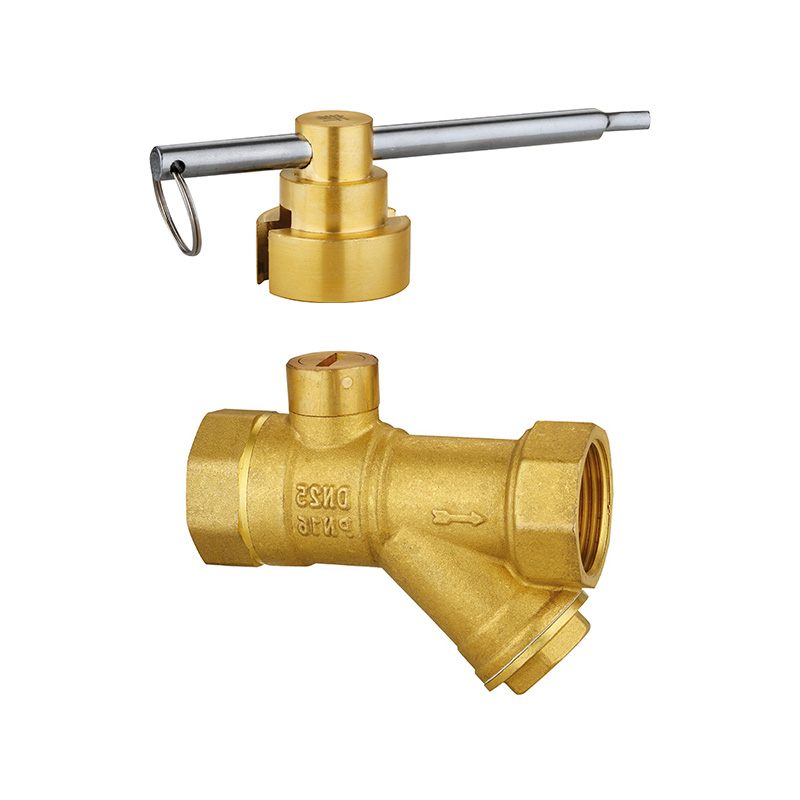What Are the Common Classifications of Plumbing Hydraulic Valves?
Plumbing hydraulic valves manufacturer are essential components in water supply and hydraulic systems, controlling the flow, pressure, and direction of fluids. They play a critical role in both residential and industrial applications, ensuring system efficiency, safety, and reliability.

1. Classification by Operational Mechanism
Plumbing hydraulic valves can be classified according to the mechanism used to control fluid flow.
(1) Manual valves
Manual valves require direct human intervention to open, close, or regulate flow. Examples include gate valves, globe valves, and ball valves with handwheels or levers. Gate valves are widely used in water supply networks to allow or restrict the flow of water through pipelines. For instance, municipal water distribution systems often use gate valves to isolate sections for maintenance. Globe valves, with their ability to adjust flow gradually, are commonly installed in heating and cooling systems to regulate temperature by controlling the water flow to radiators.
(2) Automatic valves
Automatic valves operate without manual input, responding instead to system pressure, temperature, or flow conditions. Pressure relief valves, for example, automatically release excess pressure to prevent system damage. A real-life application can be seen in residential hot water systems, where pressure relief valves prevent overheating or overpressurization, reducing the risk of pipe bursts. Float valves, which maintain water levels in tanks or reservoirs, are another type of automatic valve widely used in plumbing systems.
(3) Electrically or pneumatically actuated valves
Some hydraulic valves are controlled by electric or pneumatic actuators, allowing integration with automated systems. Solenoid valves, which operate using electromagnetic force, are common in irrigation systems, industrial fluid control, and smart home plumbing installations. For example, modern automated sprinkler systems often rely on solenoid valves to regulate water delivery according to programmed schedules or soil moisture sensors. Pneumatically actuated valves are more common in industrial facilities where air pressure controls larger valves in water treatment or cooling systems.
2. Classification by Functional Purpose
Another way to classify plumbing hydraulic valves is by their intended function in the system.
(1) Flow control valves
Flow control valves regulate the rate of fluid movement within a pipeline. Globe valves and needle valves are examples of this type. In heating, ventilation, and air conditioning (HVAC) systems, flow control valves adjust the water or coolant flow to maintain desired temperatures in different zones. By regulating flow, these valves help achieve energy efficiency and system stability.
(2) Pressure control valves
Pressure control valves maintain or limit the pressure within a hydraulic or plumbing system. Pressure reducing valves, pressure relief valves, and safety valves fall into this category. In domestic water systems, pressure reducing valves protect household plumbing from excessive mains pressure, preventing leaks and damage to fixtures such as taps and toilets. Industrial applications, such as cooling towers, also rely on pressure control valves to prevent overpressure that could damage piping or pumps.
(3) Directional or shut-off valves
These valves determine the direction of flow or allow complete isolation of a system section. Gate valves and ball valves are frequently used for shut-off purposes. For example, in apartment buildings, ball valves installed near water meters allow maintenance teams to isolate individual units without disrupting supply to other areas. Check valves, which permit fluid to flow in only one direction, are used in pump systems to prevent backflow that could damage equipment.
3. Classification by Structural Design
Plumbing hydraulic valves are also categorized by their internal structure, which affects performance, installation, and maintenance.
(1) Gate and globe valves
Gate valves have a sliding gate mechanism, allowing full or no flow, while globe valves have a disc that moves perpendicular to the seat for gradual flow regulation. Their structural differences determine their suitability for either isolation or throttling applications.
(2) Ball and butterfly valves
Ball valves use a rotating spherical disc to control flow, offering quick shut-off and reliability. Butterfly valves feature a rotating disc inside the pipeline, suitable for larger diameter pipes and moderate pressure applications. Both types are widely applied in water treatment plants and industrial plumbing systems.
(3) Check valves and foot valves
Check valves prevent backflow by allowing fluid to pass in only one direction. Foot valves are a specialized type installed at the inlet of pumps to maintain prime. These structural designs ensure proper system operation and reduce the risk of damage from reverse flow.



 English
English русский
русский Español
Español عربى
عربى


